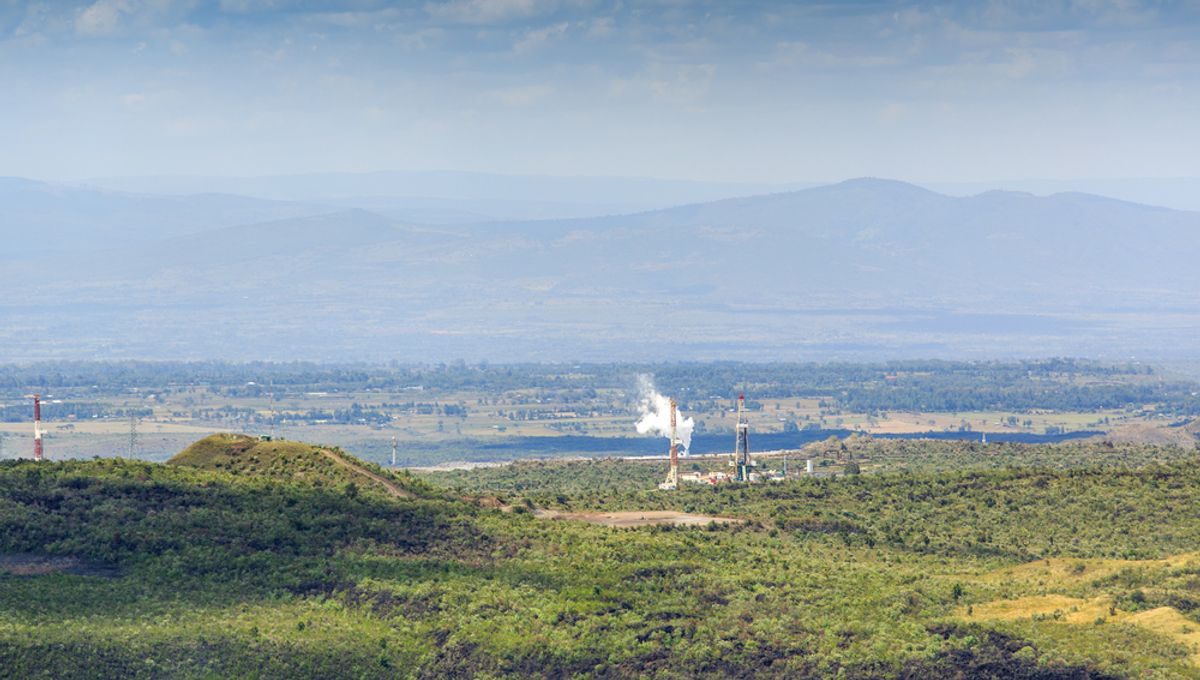
The volcanic activity and tectonic splitting of the East African Rift Valley is probably driven by activity deep within the Earth, a new study reveals, starting where the core meets the mantle. The work contradicts the hypothesis that the rift is the result of smaller distinct plumes with shallower origins.
The first humans didn’t know they were living in a unique geologic context. The East African Rift System (EARS), which is in the process of splitting Africa into two continents, is the largest continental rift system on the planet. Most explanations for the extreme events occurring there are based on mantle material rising from the edge of a mysterious province whose center is under the South Atlantic. However, alternative scenarios exist, including the possibility of two smaller and probably shallower plumes rather than one big one.
To settle the question of what is driving the EARS, Professor Fin Stuart from the University of Glasgow and colleagues investigated isotope ratios of the noble gases trapped in the magma. Noble gases can reveal behavior deep in the Earth because in the upper mantle they get opportunities to escape over billions of years, losing lighter isotopes more than heavier ones. Deeper in the mantle, the ratios are thought to resemble those when the Earth formed. However, the quantities of these gases are usually so tiny, that contamination from the atmosphere can throw measurements off.
To be confident of their results, geologists need to drill deep into the Earth, where atmospheric contamination is unlikely. That’s too expensive, however, for the typical science research budget, but when the drilling is being done for commercial purposes, geologists can hitch a ride.
The immense heat generated by the rift system can be harnessed to produce electricity. Already, almost half of Kenya’s power comes from geothermal energy, and there is a strong push to harness more, including for export.
Samples were collected from the Menengai geothermal field, along with some taken from nearby springs where contamination was more likely. These were compared with gases collected at the northern end of the EARS around the Red Sea, and further south in Malawi.
In each case, the gases showed very similar isotopic ratios, suggesting a similar source. That’s either a remarkable coincidence or evidence that the gases are coming from a common source, indicating the mantle material driving the rifting is connected, rather than representing distinct plumes.
Moreover, the isotope ratios also overlap with those obtained from volcanic rocks in Hawai’i, the best-known example of a deep mantle plume. In contrast, volcanic gases from South Africa have less neon-21, compared to neon-22, indicating a different source, possibly one higher up in the mantle where gases have had more opportunity to escape.
“Our research suggests that a giant hot blob of rock from the core-mantle boundary is present beneath East Africa, it is driving the plates apart and propping up the Africa continent so it is hundreds of meters higher than normal,” Stuart said in a statement.
In more scientific wording, the paper reporting the findings reads: “This provides convincing geochemical evidence in support of the existence of the African Superplume and appears to rule out the existence of multiple discrete mantle plumes that originate from distinct regions.”
The study is open access in Geophysical Research Letters.
Source Link: There's A Vast Superplume Hidden Under East Africa That May Be Causing It To Split